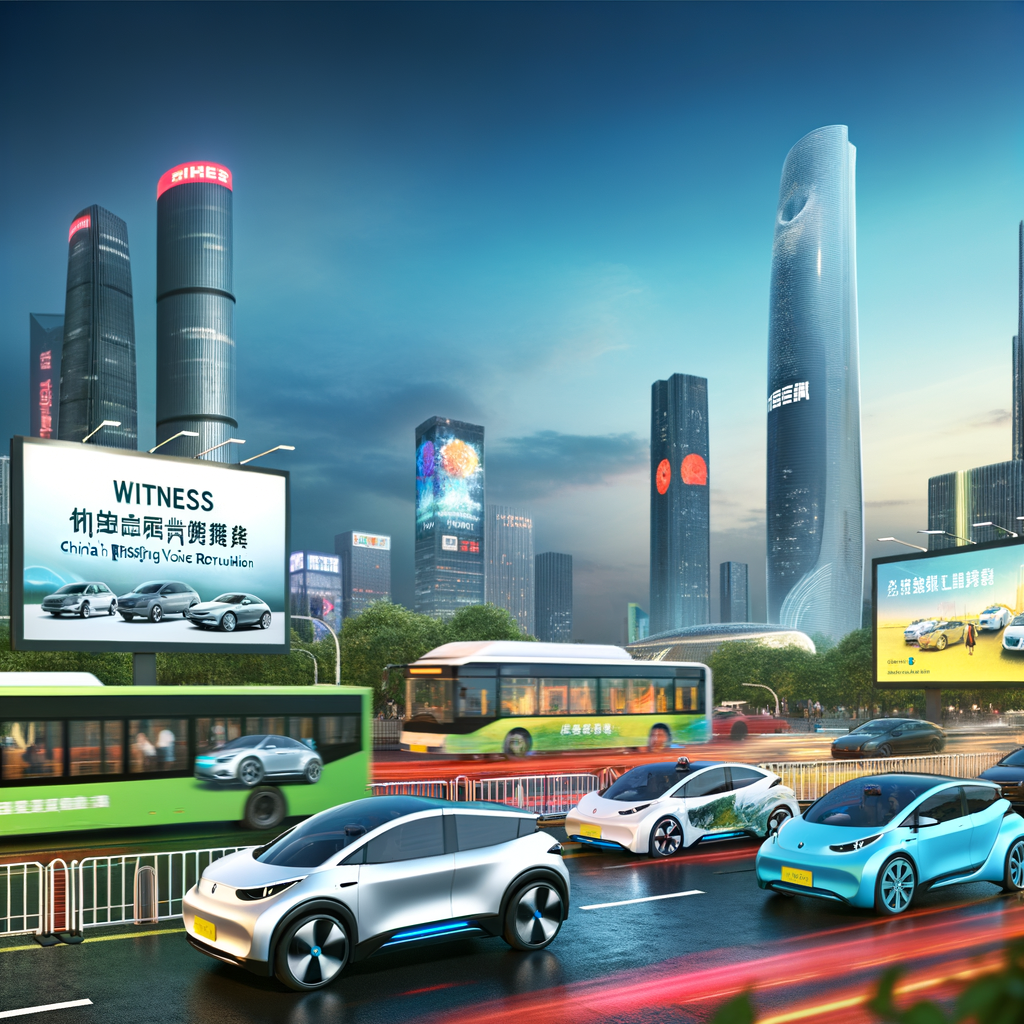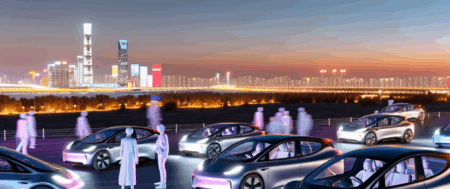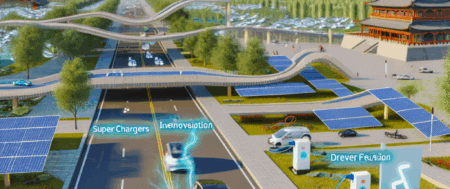In the race to dominate the world’s largest automotive market, both foreign automakers and domestic car brands are tackling the challenges of China’s intricate regulatory landscape and the necessity for strategic partnerships. With China at the forefront due to its growing economy, urbanization, and an expanding middle class, the demand for Electric Vehicles (EVs) and New Energy Vehicles (NEVs) is skyrocketing, driven by environmental concerns and strong government incentives. To succeed, foreign brands must engage in joint ventures with local firms to access the massive consumer base and adhere to regulations. These collaborations are crucial for understanding technological advancements and consumer preferences in a market leaning towards sustainability amid intense competition. The focus on EVs and NEVs, backed by government incentives, underscores the shift towards cleaner transportation, emphasizing the importance of navigating the regulatory framework and forming the right partnerships to flourish in China’s dynamic automotive sector.
In the heart of the global automotive industry’s evolution, China stands as a colossus, heralding a new era marked by rapid economic growth, a flourishing middle class, and an accelerated pace of urbanization. As the world’s largest automotive market in both production and sales, China has firmly positioned itself as a pivotal battleground for both domestic car brands and foreign automakers alike. This bustling market, driven by an insatiable demand for innovative mobility solutions, has become synonymous with the cutting-edge development of Electric Vehicles (EVs) and New Energy Vehicles (NEVs), underpinned by a combination of government incentives, environmental concerns, and consumer preferences.
Navigating the complex regulatory landscape requires strategic partnerships and an intimate understanding of the local market dynamics, making joint ventures between foreign automakers and local Chinese companies a critical strategy for success. The relentless drive toward a greener future is not just a trend but a cornerstone of China’s automotive market strategy, focusing on EVs and NEVs to address environmental challenges head-on. Amidst this backdrop of transformation, the role of urbanization and China’s growing economy cannot be overstated, fueling the country’s dominance in global automotive sales and production.
This article delves into the intricate tapestry of China’s automotive sector, exploring the delicate balance between bridging East and West through foreign automakers’ joint ventures, the competitive landscape shaped by domestic vs. foreign consumer preferences, and the relentless pursuit of innovation. Technological advancements are propelling China’s automotive market forward, setting the stage for a future where government incentives and environmental concerns steer the sector towards sustainable growth. Understanding the dynamics of this market is essential for any stakeholder looking to navigate the competitive, dynamic, and highly lucrative environment of China’s automotive industry.
1. **Navigating the Regulatory Landscape and Strategic Partnerships in the World’s Largest Automotive Market**

Navigating the complex regulatory landscape and forging strategic partnerships are crucial steps for success in the world’s largest automotive market, China. This market, driven by its growing economy, rapid urbanization, and an expanding middle class, has positioned itself at the forefront of the global automotive industry. Both domestic car brands and foreign automakers are vying for a significant share of this lucrative market, which is characterized by a robust demand for Electric Vehicles (EVs) and New Energy Vehicles (NEVs). These preferences are not only shaped by environmental concerns but are also heavily supported by government incentives, highlighting the unique intertwining of consumer preferences and policy in China.
Foreign automakers face a particularly challenging regulatory landscape, which often necessitates forming joint ventures with local Chinese companies. These strategic partnerships are not just a regulatory formality but a vital tactic for navigating the complexities of the Chinese market. By collaborating with local firms, foreign brands can gain essential insights into consumer preferences, technological advancements, and the intricacies of market competition within China. These joint ventures enable foreign automakers to access the vast consumer base while adhering to the stringent regulations that govern the automotive sector.
The emphasis on EVs and NEVs is a clear reflection of the market’s response to environmental concerns and the Chinese government’s push towards cleaner, more sustainable modes of transportation. This shift is further fueled by technological advancements that are rapidly evolving within the Chinese automotive industry, making it a hotbed for innovation in electric and new energy vehicles. Government incentives play a significant role in this transition, offering subsidies and benefits to both manufacturers and consumers of EVs and NEVs, thereby accelerating the adoption of these vehicles.
Understanding and adapting to the regulatory landscape requires a deep knowledge of local laws, consumer behavior, and the ability to anticipate shifts in policy that could affect market dynamics. Furthermore, the success of any automotive brand in China depends on its ability to engage in effective strategic partnerships. These alliances are key not only to compliance but also to gaining a competitive edge in a market where competition is intense and constantly evolving.
In conclusion, the Chinese automotive market, with its emphasis on EVs, NEVs, and a rapidly growing consumer base, presents both unparalleled opportunities and significant challenges. Navigating its regulatory complexities and forging the right strategic partnerships are fundamental steps for any automaker looking to succeed in this dynamic and competitive environment. As the largest automotive market globally, China continues to shape the future of mobility, driven by its unique blend of government incentives, consumer preferences, and a commitment to technological innovation.
In conclusion, the China automotive market stands as the largest and one of the most vibrant automotive markets globally, driven by its growing economy, increasing urbanization, and a burgeoning middle class. This market’s complexity is further heightened by a nuanced regulatory landscape that requires foreign automakers to enter strategic partnerships and form joint ventures with domestic car brands to successfully navigate. The shift towards Electric Vehicles (EVs) and New Energy Vehicles (NEVs), fueled by environmental concerns and robust government incentives, underscores the market’s dynamic nature and its pivot towards sustainability and innovation.
Understanding consumer preferences, staying ahead of technological advancements, and leveraging strategic partnerships are crucial for any player aiming to succeed in this competitive arena. The emphasis on EVs and NEVs not only reflects China’s commitment to addressing environmental challenges but also represents a significant growth area for both domestic and foreign manufacturers. As the market continues to evolve under the influence of government policies, global economic trends, and a highly competitive landscape, the importance of agility and deep market knowledge cannot be overstated.
Navigating the China automotive market presents a lucrative opportunity for those who can adeptly manage the intricate balance between adhering to regulatory requirements, understanding consumer behavior, and capitalizing on market competition. As the world’s largest automotive market continues to grow and transform, its influence on the global automotive industry will undoubtedly persist, making it an essential arena for innovation, strategic partnerships, and market leadership in the years to come.







